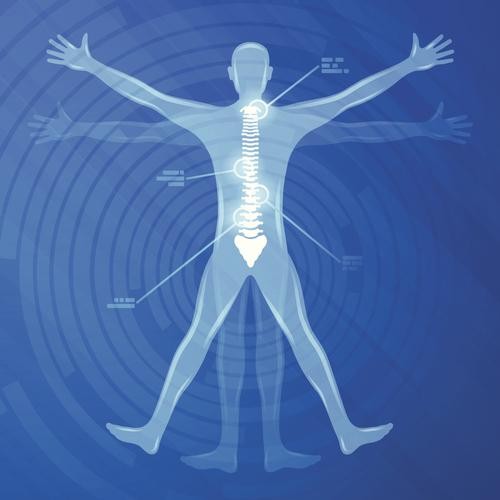Surprising Tips for Perfect Posture

Illustration by Getty Images
Poor posture can lead to host of health problems: lousy digestion, constricted breathing, and chronic pain, just to name a few. And while plastering your computer with sticky-note reminders to “Sit up straight!” may make you feel like you’re doing something about it, there are much better ways to slay your slouch — like submitting to one of several holistic, hands-on approaches, all of which can lengthen the body and give you better range of motion.
“Everyone has their own holding patterns and habits that contribute to poor posture, and being properly educated about how to break them is key,” says Christina Morris, co-owner of Element Natural Healing Arts, a Brooklyn wellness center that offers therapies such as the Alexander Technique, Structural Integration and Feldenkrais. “Hands-on practices allow the person to actually feel where their body ‘should’ be in space and where it currently is. And proper posture is a key element in maintaining a pain-free body.” Behold, a primer on four groovy options:
Alexander TechniqueWhat it is: Not exactly considered bodywork, this approach (named after Frederick Matthias Alexander, a late nineteenth–century Shakespearean actor who overcame chronic hoarseness with his technique) works to reeducate the body through a series of private lessons, during which the practitioner guides you, through both verbal and manual cues, to recognize habitual patterns. Results include less tension, stress and discomfort.
How it helps posture: “Good posture is being upright and balanced without strain,” Lindsay Newitter, media director for the Ohio-based American Society for the Alexander Technique, tells Yahoo Health. “Teachers of the Alexander Technique are trained to recognize habits causing poor posture that people often don’t recognize in themselves — habits of slumping, stiffening or tightening that often cause discomfort. As these habits are unlearned, sitting, standing and moving become as comfortable and natural as they were when we were young children.”
Find a practitioner: American Society for the Alexander Technique
Feldenkrais Method
What it is: An approach to movement originally developed by Moshe Feldenkrais, an early–20th century Israeli physicist, it’s based on principles of physics, neurology and physiology. There are two complementary elements: Functional Integration, or private sessions, during which the practitioner guides you through gentle movements and manipulations; and group classes, in which you’re led through purposeful motions while lying down, sitting or standing, gaining awareness of yourself in action.
How it helps posture: Feldenkrais himself had a very dynamic approach to posture, Marek Wyszynski, cofounder of the Feldenkrais Institute in New York, tells Yahoo Health. To achieve the most optimal alignment, he explains, “You have achieved a state from where you can move in any direction without preparation or hesitation.” So if you were a soccer goalie, he explains, and had ideal posture, you’d be able to throw your body to the left or right or forward to catch a goal, without a moment wasted before any direction. “But if you stood on one leg more than another, for example, you would not be there,” he says. “Good posture makes you free.”

No comments:
Post a Comment